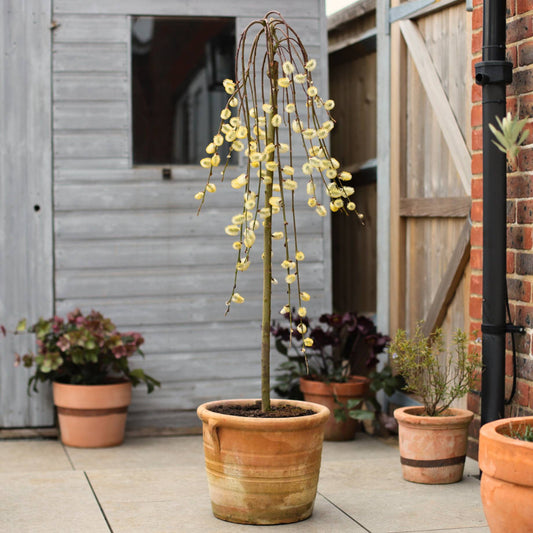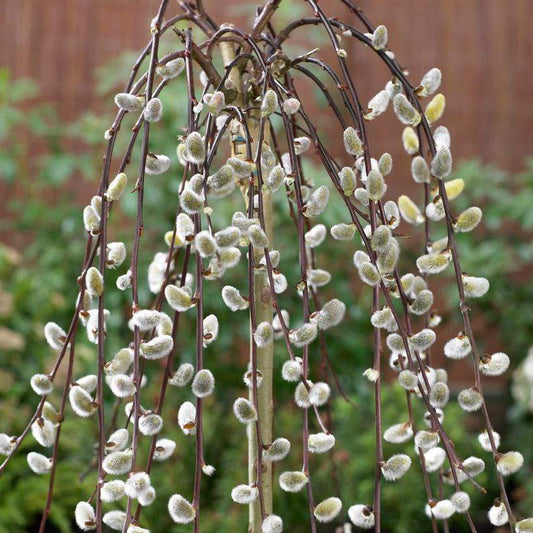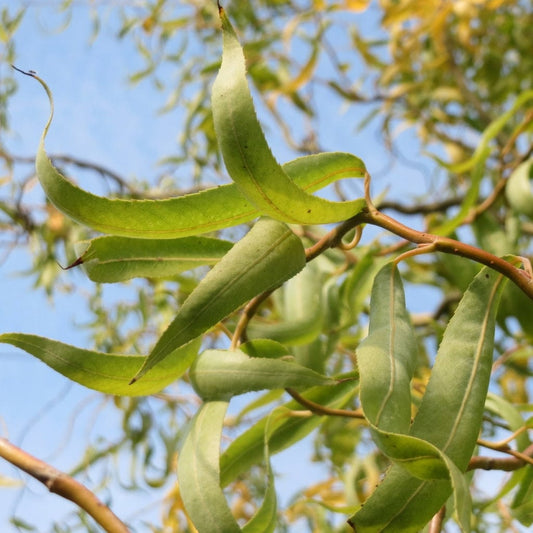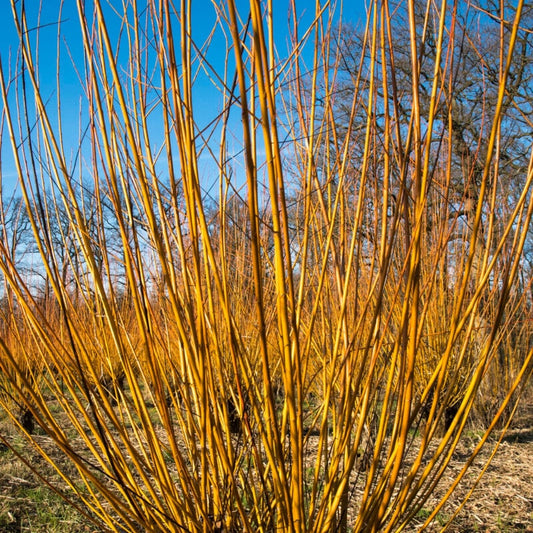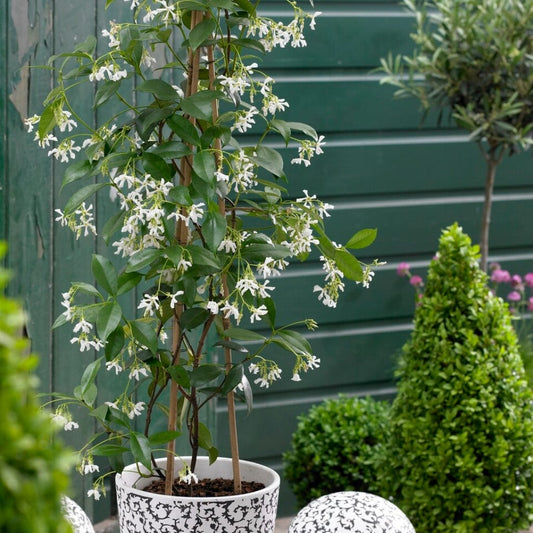Roots' Cotswolds Valley Nursery
Meet Mike
Tree-growing skills honed right across the globe
Having started out in Australia, studied in Northern Ireland and volunteered at an organic farm in Sweden, it’s fair to say Mike’s done his fair share of travel on his horticultural journey, so far! Having happily laid down roots here at Roots, Mike is the don behind our tree-growing operation, imparting each and every one of his globally-honed skills to benefit your garden. Grown in our purpose-built nursery, in the ideal climatic conditions of the fertile Vale of Evesham, we’re proud to supply only the happiest, healthiest and hardiest trees.
Need help picking?
Willow Tree FAQs
Where should I plant a willow tree?
To grow best, willows should be planted in a well-drained soil that is both deep and moist. They can grow in very damp soil and near water, however, avoid planting near a house because their roots won’t hesitate to invade your space!
How do I care for a willow tree?
Ideally, willows need moist soil enriched with organic matter. If your soil is lacking in nutrients, we suggest working in compost when planting and fertilising early in the season with an all-purpose plant food.
How do I prune a willow tree?
Pruning your willow young, cutting it so that it has one central leader, will ensure excellent growth. The branches of your tree should be trimmed back in the winter or early spring to stimulate new growth and rejuvenate your willow.
When should I plant a willow tree?
Between the middle of November and early April is a good time to plant your willow tree.
How long does it take a willow tree to grow full size?
After approximately 15 to 20 years, willow trees can reach a mature height of 9-15m!
Do willows lose their leaves in winter?
Since willows are deciduous plants, they lose their leaves during the winter.
When do willow trees bloom?
Typically, your willow tree will begin blooming around March/April, bringing a green hue to its bare branches.
What does a willow tree look like in winter?
Your willow tree will lose its leaves in winter, but it's one of the first trees to bloom again the following spring. They certainly love the limelight.
What do willow tree seeds look like?
The willow seed has a light and fluffy texture and is usually spread by the wind, but if you’re quick enough the seeds can be collected in late May or June before they’re all blown away. Good luck!
What is the scientific name for a willow tree?
Willow, also known scientifically as Salix, is a genus of trees and shrubs of the willow family.
What is willow wood used for?
It is an extremely versatile wood that can be used for many things, including baskets, furniture, cricket bats, and a whole host of other small specialty items that you likely had no idea were made from our dear friend, willow. Do you own anything made from willow wood?
Is there a difference between a willow tree and a weeping willow tree?
There are many types of willow trees but not all of them are weeping, some grow upright instead.
Fighting plastic waste
Delivering fresh from the nursery
Supporting UK growers





